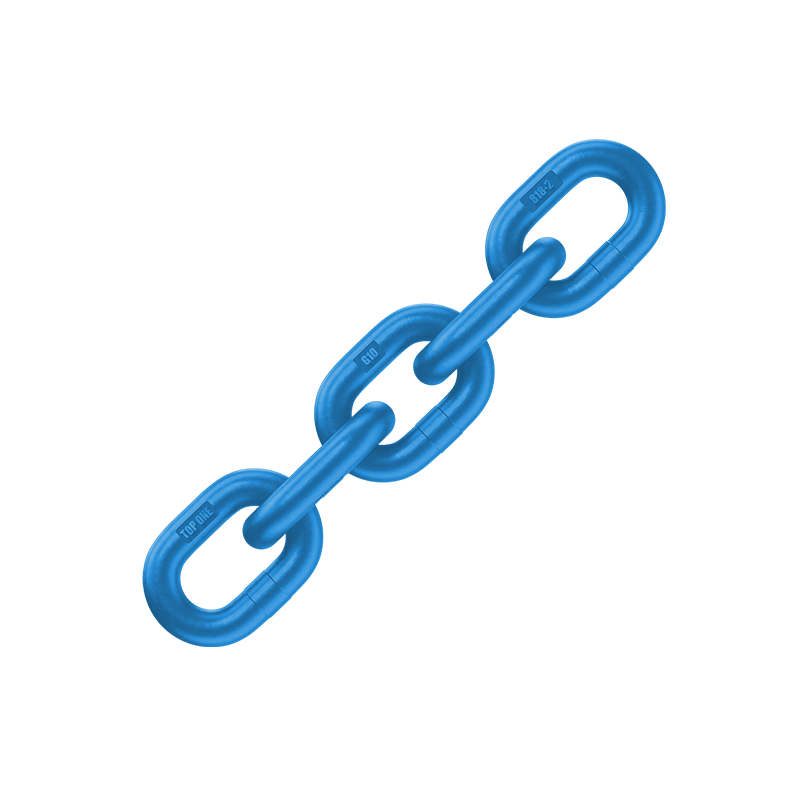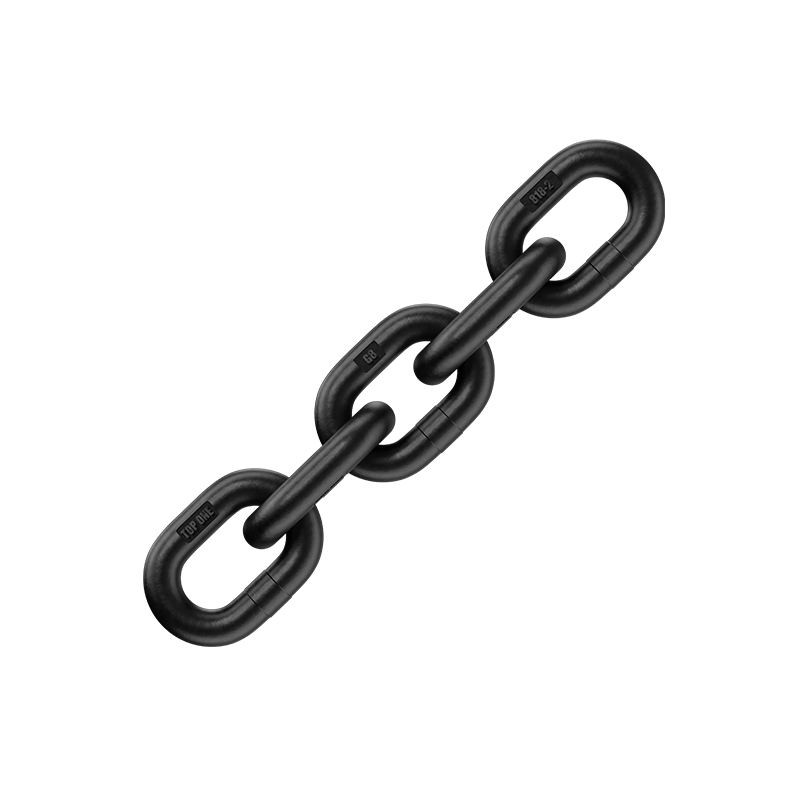Our staff will contact you within 12 hours, You can also contact us through the following ways:
Contact US WhatsApp: +86 18263873187
- Email: [email protected]
- Tel: +86 18263873187
- Web: www.lifting-chain.com
Heavy chains for lifting serve as the backbone of modern rigging. They handle extreme loads in industries such as construction, mining, marine, and manufacturing. Choosing the right type involves evaluating grade, strength, weight, and environmental fit. This article compares different chain grades and highlights application scenarios where heavy-duty lifting chains deliver optimal performance.
Chain Grade | Strength Level | WLL (Working Load Limit) | Typical Applications |
G80 Alloy Chain | Standard high-strength | Baseline for lifting | General construction, rentals, workshops |
G100 Chain | +20–25% stronger than G80 | Higher WLL with smaller size | Heavy manufacturing, limited space lifts |
Stainless G80 Chain | Corrosion-resistant | Same as G80 but specialized | Food, pharma, marine salt exposure |
Galvanized Chain | Corrosion-protected | Depends on coating | Outdoor storage, ports, coastal sites |
Values must always be verified against manufacturer technical documents and certification tables.


Heavier chains often provide greater safety margins, but they increase manual handling challenges. A G100 chain allows downsizing while keeping the same WLL, reducing operator fatigue. Stainless or galvanized chains balance between durability and long-term care costs, making them efficient in corrosive environments.
Construction: moving beams, panels, prefabricated modules.
Mining: chain slings for excavation equipment and conveyor systems.
Marine and Ports: anchor handling, dockside cargo lifts.
Industrial Manufacturing: lifting molds, engines, turbines in workshops.
Select chains strictly according to WLL tables, angle factors, and sling configurations.
Avoid mixing chain grades or fittings; always pair G80 with G80 or G100 with G100.
Inspect chains regularly for elongation, cracks, and wear—retire components if wear exceeds limits.
Match chain surface treatment with the environment to avoid premature corrosion.
Heavy chains for lifting combine strength, durability, and reliability across industries, and choosing the right grade ensures efficiency and safety—so always source from certified suppliers to guarantee quality.